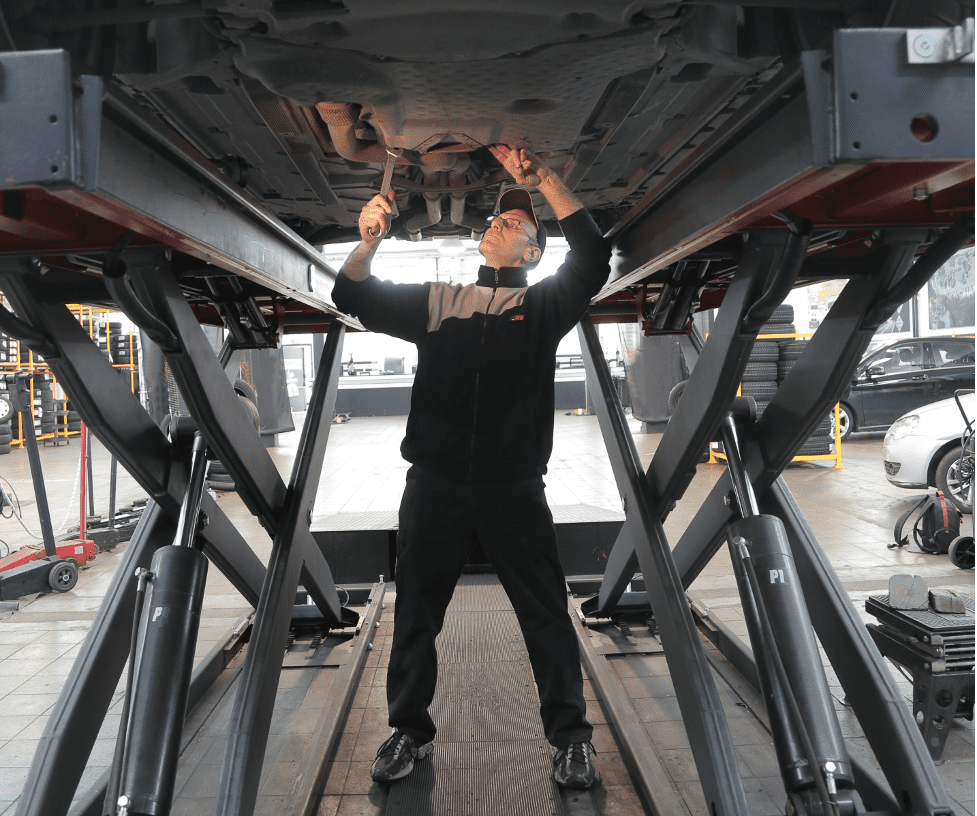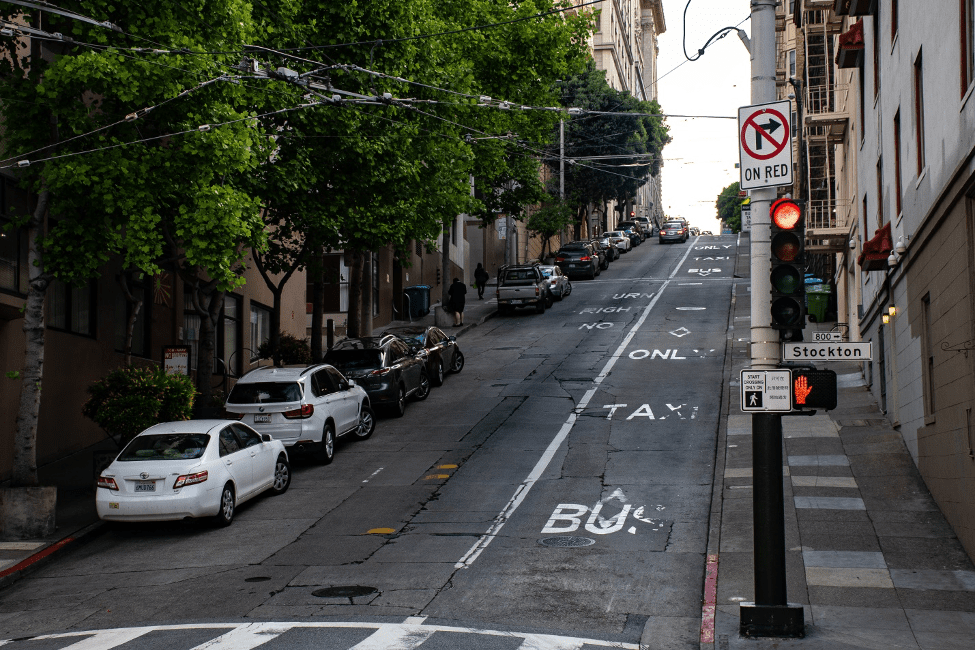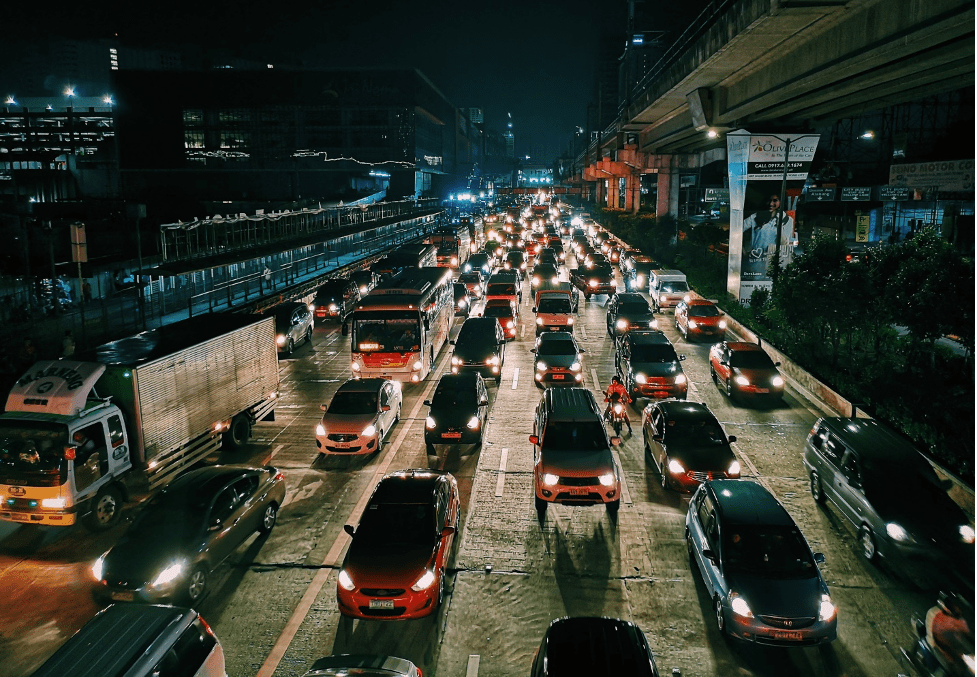Transportation has revolutionized greatly over the past few years. The industry continues its astounding progress by introducing the most innovative and smartest features that we didn’t even know we needed! The first car was created in 1886, and with every passing year, car companies began enhancing their products. For instance, seatbelts were introduced in 1959, and then in 1960, electric windows were the new thing. From seatbelts to self-driving cars in 2020, the world of driving has changed a lot, and there seems to be no stopping.
Pexels | Self-driving cars mean no need to worry about eyes on the road
The United Kingdom in the Race
The Center for Connected and Autonomous Vehicle, which is located in the UK, is working to make the dreams of an autonomous car come true. If the trials go successfully, then work can begin on Automated Lane Keeping Systems (ALKS) on the roads of the United Kingdom. Not only that, but trials are also being held for commercial autonomous cars at the Darwin SatCom Lab in Oxfordshire.

Pexels | The industry is working towards carrying out experimental trials for these cars in the spring of 2021
Challenges to Be Addressed
When talking about self-driving cars and how amazing this innovation can be, there is an aspect that is often left unexplored: the accommodation of these new types of vehicles. For example, taking into consideration, trains work similarly more or less. Trains have a dedicated infrastructure that supports their maintenance such as train tracks and light signals. When comparing this situation to that of driverless cars, there is a clear indication that there is no setup that would be tailored for these types of cars.

Pexels | With new technology come new challenges
How to Deal with These Challenges
There’s no problem in this world that does not have a solution. In context to driverless cars and the challenges, it must be understood that similar to train technology, these cars would also require a smart infrastructure that would make the dream of self-driving cars a reality. There is work being done to ensure the safety of these cars and their passengers, such as the embedded road sensors, now being used more often. These sensors help in regulating traffic by controlling the traffic signals based on vehicle flow rate.

Pexels | Even self-driving cars will get stuck in traffic
However, this is not it. The new infrastructure that would benefit these new vehicles would require specialized roads and lanes, a 5-G network, AI-driven automated traffic management, a high volume of data sharing, and much more.
Though the journey seems quite strenuous, technological advancement in the field through decades has made it certain that it is not impossible.




